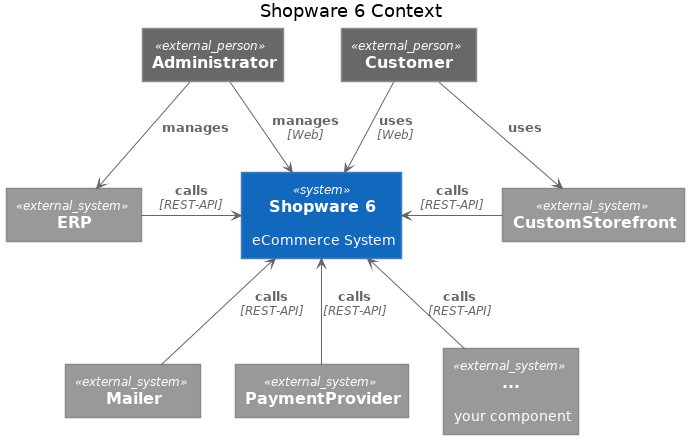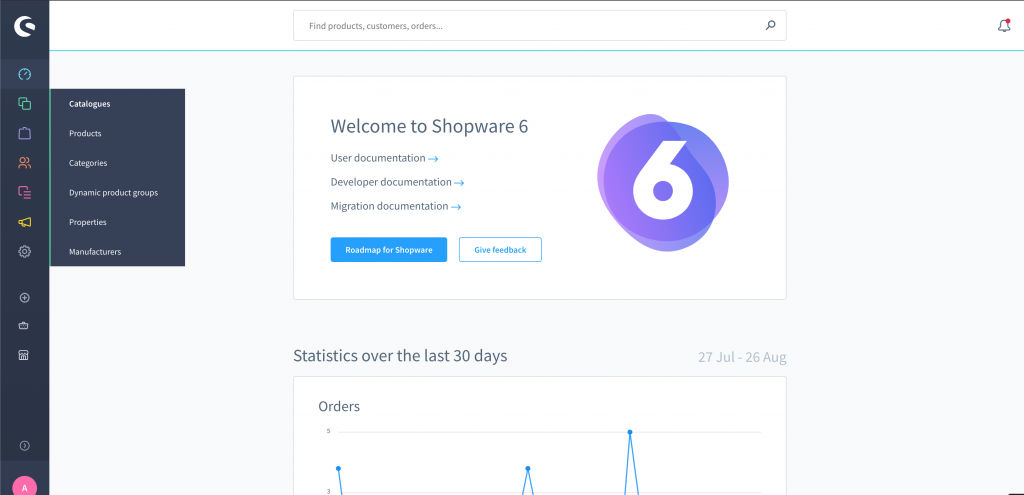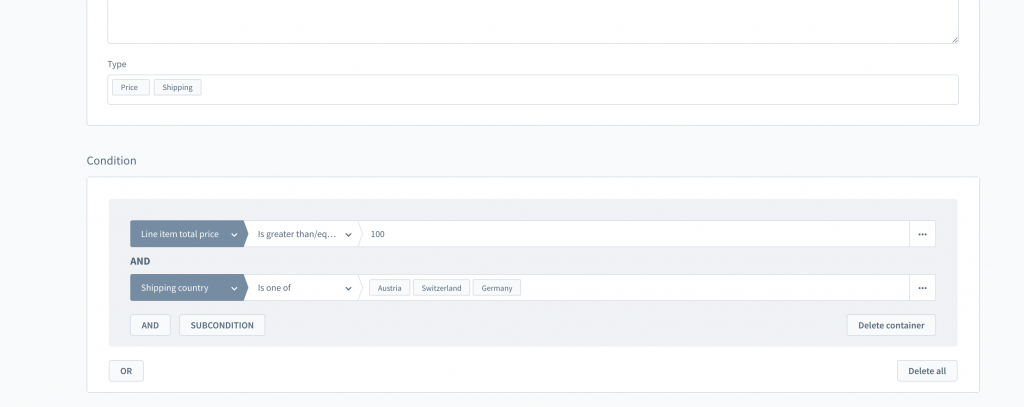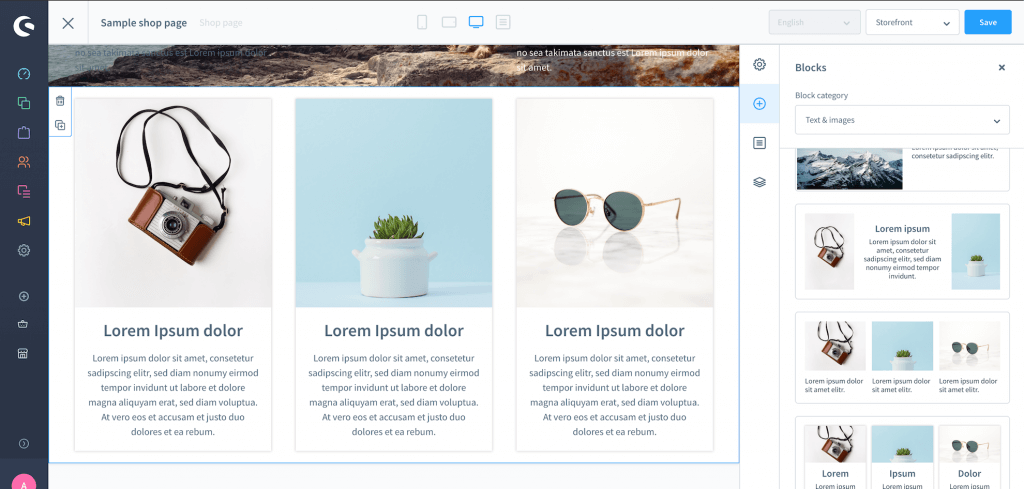
Is Shopware 6 the Next Generation eCommerce Platform?
Tomasz GajewskiReading Time: 3 minutes
Introduction to Shopware 6
Shopware 6 is a full-featured and innovative eCommerce platform. Although it has inherited the name and got a new version number, it comes with a completely new architecture and completely rewritten code. The Community Edition is still open-source and free-to-use, under the MIT license.
Shopware 6, unlike its predecessor, does not follow monolithic architecture anymore but introduces microservices with an API-First approach. API-First is a concept to build the API in the first place. The actual service is built on the top of the API.
Thanks to this approach, integrating Shopware 6 with various services or apps such as ERP, PIM, PWA Storefronts is standardized and less error-prone. It simplifies the integration of new custom sales channels, such as a native mobile app or a voice assistant.
Each connected sales channel can have access to different catalog, languages, payment methods, or a customer group. Everything is configurable via the administration tool.
It comes with three main services:
- Core - manages the core business logic, plugins, and data access and APIs.
- Administration.
- Storefront.

Source: shopware.com
A Whole new Administration Tool
One of the most significant innovations is the administration tool.
It is a single-page app written in Javascript with the Vue.js framework. Its interface is very intuitive with outstanding performance. Similar to the previous version of Shopware, many functions are easily accessible via keyboard shortcuts.

Admin API
Administration Tool uses the admin API primarily. However, it also gives the developer access to all the resources which are managed by the Administration Tool. Thanks to this, the admin API is open to be used by third-party apps - e.g., PIMs, CRMs, etc.
Rules builder
Another useful feature is a rule builder. It helps build complex conditions in a very flexible way. One can choose from a list of parameters. Below are the ones most important:
- customer’s billing address
- customer’s shipping address
- cart subtotal
- orders count
- number of items in the cart
The conditions can be nested using either AND or OR operators.
The rules apply to various functions of the shop, for example, to manage which shipping and payment methods should be available or to configure promotion campaigns. Plugins or external services can also use the rules as they are manageable over the Admin API.

Content page builder
It is a simple block-based editor that helps build effectively-looking pages in just a few clicks. One can choose their text blocks, images, and product widgets. The saved pages are applicable as landing pages, category pages, or shop content pages.
The content pages can also be used and rendered in third party services (e.g., a mobile app), as they are available to read via the API.

How to migrate to Shopware 6 from other platforms
How to migrate from Shopware 5
The users of Shopware 5 are in the best position here. There is a migration plugin with the migration process described in detail. The plugin is available for free.
The following items are portable:
- products with media files
- manufacturers
- customers
- orders
However, it is not possible to migrate a theme or email templates automatically, as Shopware 6 uses a different templating engine - Twig.
Migration from Magento 1 to Shopware 6.
The migration assistant plugin supports Shopware 5 only.
I find three solutions here though:
- One solution could be to develop a custom migration plugin that reads items using the Magento RESTful/SOAP API.
- A similar solution (with an API-first approach) is to develop a middleman app. The app would read items from Magento via the API and push them through the Shopware 6 Admin API.
- Install a Shopware 5 instance, use the Migration plugin. It supports many platforms, including Magento 1. Having the Shopware 5 with data imported from Magento, we can use the Migration Assistant from Shopware 6.
License model
You can choose from the Community Edition, which is free, among several paid plans, which are available for sel-hosting (on premises), SaaS or PaaS variants.
Summary
Shopware 6 is a very capable and future-proof platform, thanks to its modern architecture.
It provides two ways of extending the platform, by plugins or by individual apps communicating with Shopware 6 via the API. The major payment and shipping providers have already been actively working on plugins to integrate their services with the newest Shopware. Shopware 6 is a milestone in comparison to version 5. It is going to strengthen its position in the open-source eCommerce market.
If you are interested in starting your eCommerce business on Shopware 6 or migrating the existing one to Shopware 6, do not hesitate to contact us.



